
 Cheers to the New Year. When the confetti settles, you’ve swallowed the last sip of champagne and the tux or little black dress is off to the dry cleaners, it’s time to look forward.
Cheers to the New Year. When the confetti settles, you’ve swallowed the last sip of champagne and the tux or little black dress is off to the dry cleaners, it’s time to look forward.
We don’t make claims to be clairvoyant, but with swiftly changing technology, geek culture going mainstream and two Pantone colors, 2016 is going to be a pivotal year in events.
Let’s get to our top 13 trends:
1. The Social Scape is Changing
Social media is here to stay, but the traditional status update about dogs and brunch may be put out of its misery.
More and more users are adopting messenger apps, such as WhatsApp or iMessage because they offer private communication and of course, the ability to send hilarious gifs.
According to the Pew Research Center, “half (49%) of smartphone owners ages 18 to 29 use messaging apps, while 41% use apps that automatically delete sent messages.”
There’s no getting around it. Organizers have to make social part of their events. Which brings us to:
2. “Your Audience has an Audience”
Snapchat is on the rise. No longer just for the vanishing selfie, the service offers live event feeds and is even hiring reporters to cover the 2016 election.
At the 2015 Seattle Interactive Conference, David Shing, venerated digital prophet relayed that brands should consider the experience of their audience’s audience—fans at home in their pjs watching their friends’ videos of a distant festival.
Bleak, weird, incredibly cool? We’ll let you make up your own mind about that.
Just don’t worry, because…
3. Happiness is Live Events
It’s not just your live-event-lovin’ imagination. Research shows that shared experiences make people happier than things and that millenials are definitely into not-owning things, aka “nownership.” (They’re also into portmanteaus.)
What does this mean? Well, good news for you, because the event industry is booming. But it may also mean more competition as brands try to reach consumers through experiences.
Speaking of…
4. The Whole Experience
Remember the olden days, in 2012 when you would go out to dinner and then to a show? Or you would go to a show and then go out for drinks? Or you would go to dinner and then just go home?
That’s O-V-E-R. (O.K., slight hyperbole.) Food events are incorporating more performance elements and performances are including more food elements. And many of these dinner theater events are taking place in intimate venues, like a person’s home.
Event attendees want new sights, tastes and experiences. Bringing us to…
5. The Pop-Up Explosion
We reported on pop-up restaurants in last year’s trend list, but in 2016, pop-up will take all forms, from pop-up dinners, to flea markets to workshops, concerts and even the occasional dance off.
You’ve may have already noticed the pop-up phenomenon this past holiday season. Many creatives can’t front the hefty rents of a full-time store, so they’re showing their stuff at pop-up holiday craft fairs and bazaars.
These small-time markets definitely draw as the higher appreciation for handmade still stands.
Just don’t expect a lot of heavy drinking at them because…
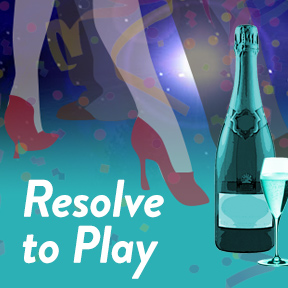 6. Mocktail Madness
6. Mocktail Madness
Mmm. Welcome the rise of the mocktail: drinks that have all the ice-clinking, lemon-garnished delight of a cocktail with none of the spirits. Or regrets.
Studies like this one indicate drinking—especially among young people—may be in decline. Mocktails cater to the late-twenty or thirty-somethings looking to go out and socialize without getting sloppy.
The 2016 mocktails just might be pink and blue. Bringing in…
7. The 2016 Color(s) of the Year
You’ll see a lot of pink and blue this coming year (excuse us… Rose Quartz and Serenity). And not just at baby showers.
For the first time ever, color expert Pantone selected a duo palette for the “color of the year.” Like every year, the color (er… colors) will influence event décor.
But probably not at…
8. Geeky Events

Retro video games emerged from wood-paneled basements awhile back. But in 2016, they’ll move on up again from the barcade to the big time arenas. eSports viewership continues to rise dramatically with the first eSports arena opening in Santa Ana in October.
Live video game music is already a thing and there will be more shows in 2016. Musicians shred on instruments while an expert player battles the big bosses in real time level after level.
Intense.
Speaking of battles, we’re stoked about this prediction—in 2016, the U.S. will catch on to giant robot battles, already big in Japan. Hot tip. Start working on your giant robots now.
9. Art Shows Become Immersive
2016 will make average gallery goers part of the show. No more standing around, sipping wine, pontificating about a piece. It’s all about interactive, motion-based artwork that changes rapidly and is controlled by the observer.
That’s kind-of cool, isn’t it? So are…
10. Chef-Driven Dinners
Perhaps fatigued with walk-around tasting events, foodies are requesting a more intimate experience. Our food event specialists report a rise in chef-driven tasting menus in both restaurants and as an event format. Event Marketer reports that patrons want to know everything about their food and trying to learn from chefs and servers.
And also, in Instagram Age, every dish must be picture perfect. But you might not be allowed to snap that photo because…
11. Phone Bans
We’ve all been there. Your favorite live performer blocked by a sea of tablet and phone screens and you just watch them on the tiny screen in front of you. Like you could be doing at home.
To ban or not to ban is a hot-button topic for event organizers. On one hand, social media promotes your performers and events. On the other, event attendees aren’t immersed in the whole experience as they’re counting likes and updating statuses. If you’re going to ban mobile use, take the high road and focus on the positive with your message.
“Please refrain from using your phone as we want you to be immersed in the experience.”
Speaking of the high road…
12. More Cannabis Gatherings
In 2014 and 15 in the wake of legalization in some states, marijuana shed its stoner image and went all upscale. Interest in herb will grow in 2016 with more marijuana events that cater to a crowd that wants to learn. Expect more cannabis events that emphasize healing (like cannabis and yoga), as well as workshops and food pairings.
Bringing us to our favorite trend:
13. Educational Events
School is cool again in 2016–there’s an uptick in workshops, symposiums and learning retreats. It’s no surprise, as DIY and handcrafting is hot, hot, hot. Our food and farm outreach specialist reports more forestry, farming and water conservation classes than in previous years.
What do you think 2016 will bring? Comment below or add your favorite event trend.
Event Tips >

 Everyone has a friend who “made it.” Maybe it’s your band’s former drummer, who’s in a new band that’s taking off. Or your MFA classmate whose novel sits in the recommended section of every indie bookstore you frequent. Or the person in your improv class who’s already selling out shows.
Everyone has a friend who “made it.” Maybe it’s your band’s former drummer, who’s in a new band that’s taking off. Or your MFA classmate whose novel sits in the recommended section of every indie bookstore you frequent. Or the person in your improv class who’s already selling out shows.










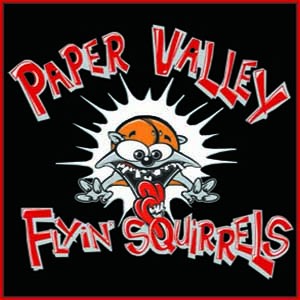
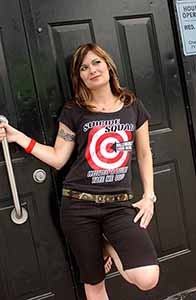
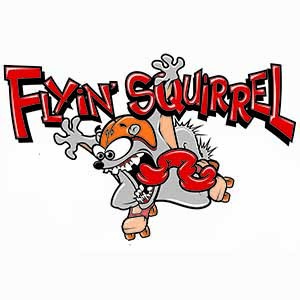



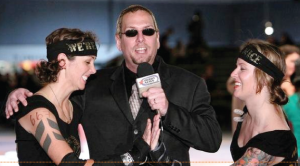


 Arts
Arts Comedy
Comedy Event Tips
Event Tips Film
Film Food & Drink
Food & Drink Good Causes
Good Causes Music
Music News
News Radio
Radio Roller Derby
Roller Derby